Parc Marronnier (마로니에공원)
2.5Km 2021-07-14
1-121, Dongsung-dong, Jongno-gu, Seoul-si
+82-2-2148-4158
Au centre du parc Marronnier on trouve un marronnier symbolique (marron d’Inde) alors que le quartier propose différents centres cultures pour profiter d'événements en plein air mais aussi expositions. Cette zone a commencé à se développer en 1975, lorsque l’Université Nationale de Séoul a déménagé alors que quelques 50 petits théâtres et plusieurs centaines de cafés se sont installés s dans ce quartier ont fait de cet endroit pour en faire un lieu de rencontres.
Cheongsujeong (청수정)
2.5Km 2021-03-29
91, Samcheong-ro, Jongno-gu, Seoul
+82-2-738-8288
Only fresh ingredients are carefully selected to serve only dishes rich in taste and nutrition. This Korean dishes restaurant is located in Jongno-gu, Seoul. The representative menu is bulgogi with rice.
Lycée Jungang (bâtiment principal) (중앙고등학교본관)
2.5Km 2019-07-22
164, Changdeokgung-gil, Jongno-gu, Seoul-si
+82-2-742-1321
Le lycée Jungang, situé à Jong-ro (près de Samcheongdong-gil), a été construit pour éduquer le peuple au coeur de la crise nationale qui sévissait au début du XXème siècle. Le bâtiment principal de l’école a été construit en 1937 après qu’un incendie ait détruit la bâtisse de deux étages d’origine en 1934. L’architecture gothique moderne de ce bâtiment est particulièrement significative pour les Coréens, car celui-ci a été conçu par un architecte coréen durant l’époque de la colonisation japonaise. Park Dong Jin, qui a conçu ce bâtiment, est l’un des premiers architectes coréens modernes, et a dessiné les plans du bâtiment principal et de la bibliothèque de l’université Korea, ainsi que l’immeuble du journal Chosunilbo. Le lycée Jungang a été désigné site historique n° 281. De nombreux leaders de la nation ont été éduqués derrière les murs de ce bâtiment gothique durant la période sombre où la Corée a tenté d’échapper au joug colonial.
Le bâtiment principal, situé en face de la porte principal, est une bâtisse en granit de deux étages en forme de H, conçu dans le style gothique, avec une tour de quatre étages au centre.
Jongjeom Tteokbokki (종점 떡볶이)
2.5Km 2020-04-09
217-1, Dasan-ro, Jung-gu, Seoul
+82-2-2234-3649
Jongjeom Tteokbokki opened in 1978 and has been a popular restaurant on Sindang-dong Tteokbokki Street since then. The restauant serves a special meal option of adding fried rice to tteokbokki.
Urijip Tteokbokki (우리집떡볶이)
2.5Km 2020-04-09
217-1, Dasan-ro, Jung-gu, Seoul
+82-2-2232-4531
Opened in 1979, Urijip Tteokbokki has operated for over 30 years in the same location. This restaurant has a spacious basement area which can accommodate up to 100 people. The restaurant is especially popular among Japanese tourists.
Café Moon (달 카페)
2.5Km 2019-12-23
94-1, Samcheong-ro, Jongno-gu, Seoul
+82-2-735-7355
Café Moon has a trendy interior design and includes a realistic 'moon' mounted on one of the walls. The inside and outside of the café are decorated with hanok designs, designs of traditional Korean houses. The inner courtyard of the grounds is often the stage for a variety of parties and music performances held throughout the year. From the late spring into fall, Café Moon holds musical performances of traditional instruments from around the world. The diners enjoying their meals next to the courtyard need only slide the windows open to let in the beautiful melodies.
Ihwajang (이화장)
2.5Km 2018-02-05
1-2, Ihwa-dong, Jongno-gu, Seoul-si
Ihwajang est une résidence privée ayant appartenu à Lee Seung-man, le premier président de la République de Corée. Cette résidence transformée en musée est un temoignage sur son style de vie et sur l’histoire de la fondation de la république. Les principaux objets exposés ici sont ses habits, des albums d’articles de revues, de vieilles armoires de cuisine, des plats en laiton et ses armoires à vêtements qui ont été faites à partir de carton. Les visiteurs peuvent également voir, la chambre, le bureau, la cuisine et la salle de réception de l'ancien président.
Of one book and stay [Korea Quality] / 일독일박 [한국관광 품질인증/Korea Quality]
2.5Km 2021-03-29
11-1, Pirundae-ro 3-gil, Jongno-gu, Seoul
This hanok (traditional Korean house) is located in Seochon Village near Gyeongbokgung Palace. It is a modern C-shaped hanok centered around the inner courtyard, which is the first thing that the guests see after entering through the gate. While it is not expansive, white pebbles and a foot bath make this hanok a unique one. One can enjoy a foot bath while sitting on the porch.
The bedroom, which is located beyond the living room, is furnished with a queen-sized bed. Opening the screen doors brings one to the view of the kitchen area beyond the inner courtyard. A large table, plush sofa, and a small bookcase make the space ideal for books and discussions. Climbing the wooden ladder to the side of the kitchen brings one to the attic, which also doubles as a Korean-style room with a skylight. The kitchen is furnished with a refrigerator, microwave oven, gas stove, electric kettle, toaster, pots, utensils, wine glasses, and bottled water. There is a restroom with a bathtub. The standard occupancy of the house is 4 people.
Mabongrim Wonjo Halmeonijip Tteokbokki (마복림원조할머니집떡볶이)
2.5Km 2021-03-29
5, Dasan-ro 35-gil, Jung-gu, Seoul
+82-2-2232-8930
Opened in 1953 by a woman known as Mabongnim, the restaurant takes pride in its 50-plus years of service. As Mabongnim gained popularity, other similar establishments opened nearby, and eventually, formed the now famous “Tteokbokki Street.” The elderly proprietor is well known, even starring in a red-pepper paste (gochujang) ad in the 1990's.
The secret of this restaurant’s tteokbokki lies in the fact that red pepper
paste is mixed with Chinese soybean paste for a sweet and spicy taste, but has now been adopted by other Sindang-dong restaurants. Nevertheless, there is something special about this restaurant’s fare. At present, Mabongnim’s daughters-in-law are running the restaurant.
Centre Artistique Chungmu (충무아트홀)
2.5Km 2020-04-24
(Heungin-dong) 387 Toegye-ro Jung-gu Séoul
+82-2-2230-6600
Le centre artistique Chungmu se situe dans le quartier Jung-gu, entre les stations Dongdaemun History & Culture Park et Sindang. De ce fait, le centre artistique Chungmu est très bien desservi puisque vous pourrez vous y rendre par les lignes de métro 2, 4, 5 et 6. Le Grand auditorium qui est équipé d’installations les plus avancées a une capacite de 1 255 sièges. L’auditorium « noir » a, quant à lui, une capacité de 327 sièges tandis que le petit auditorium « bleu » peut accueillir 230 spectateurs. De plus, le centre artistique Chungmu est l’unique centre artistique en Corée regroupant auditorium et galeries d’exposition. La galerie Chungmu est grande de 203 m² tandis que le Convention Center est plus spacieux (310 m²).
La fondation culturelle Jung-gu qui occupe les lieux, a pour objectif de faire renaître la créativité de cet arrondissement, qui a toujours été contemporain de son époque en matière d’art et culture, et souhaite en faire la "Mecque de l’art" en ce 21ème siècle. Aussi, plus qu’un lieu de diffusion, la fondation Jung-gu souhaite que le centre Chungmu devienne un lieu de créations artistiques non seulement des habitants de cet arrondisment mais également pour tous les habitants de Seoul.
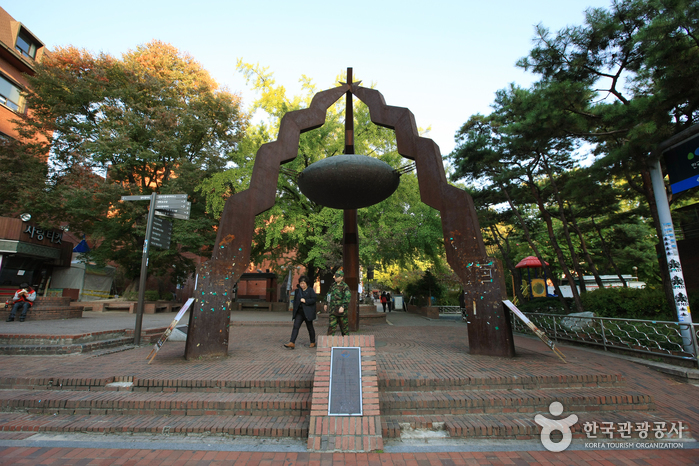
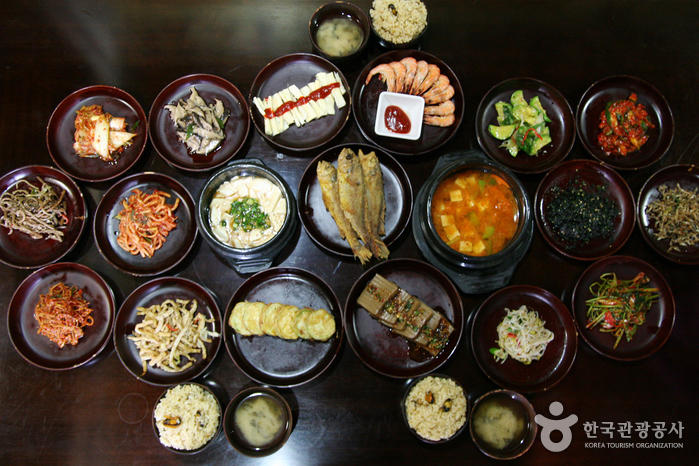
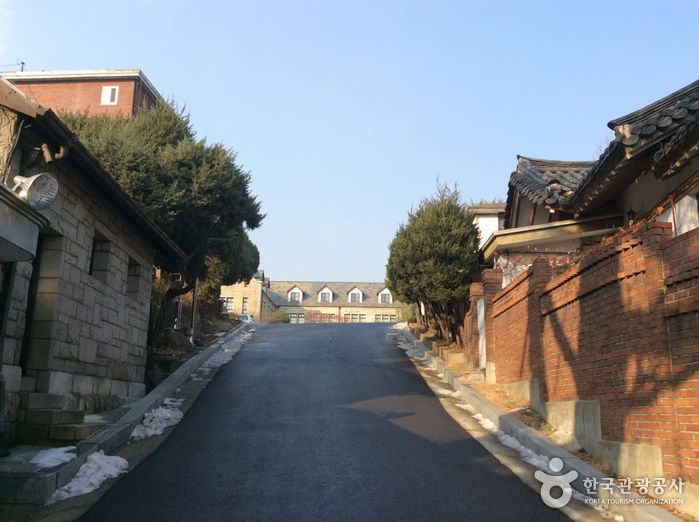
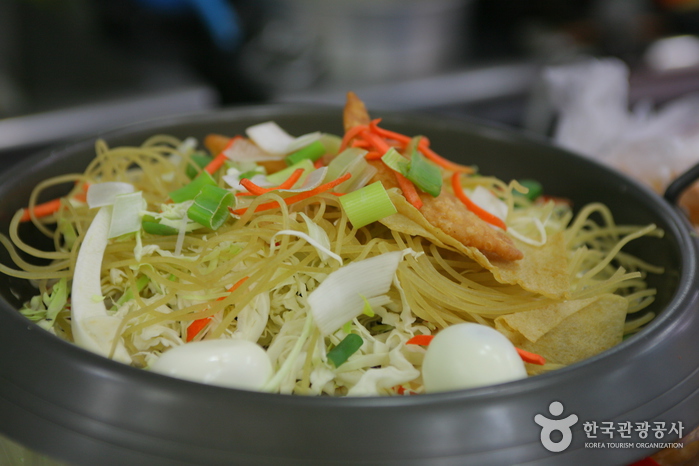

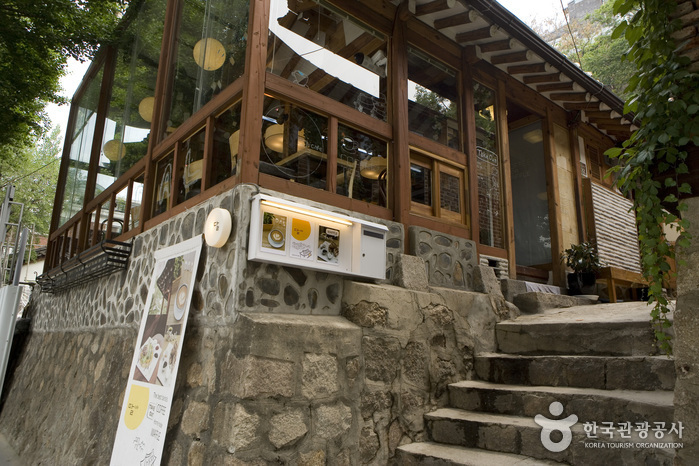
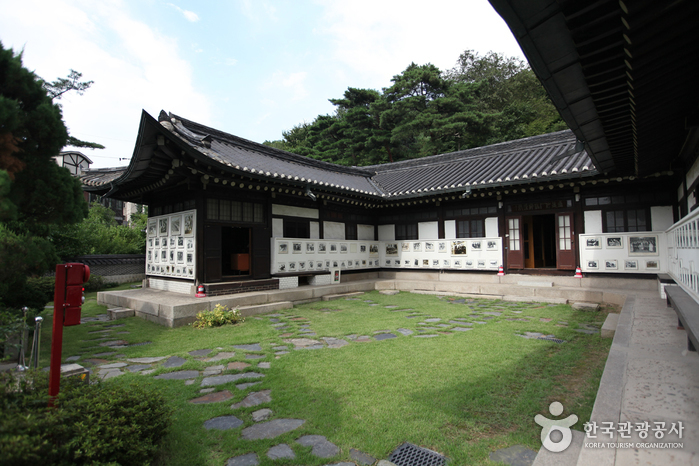
![Of one book and stay [Korea Quality] / 일독일박 [한국관광 품질인증/Korea Quality]](http://tong.visitkorea.or.kr/cms/resource/43/2707643_image2_1.jpg)

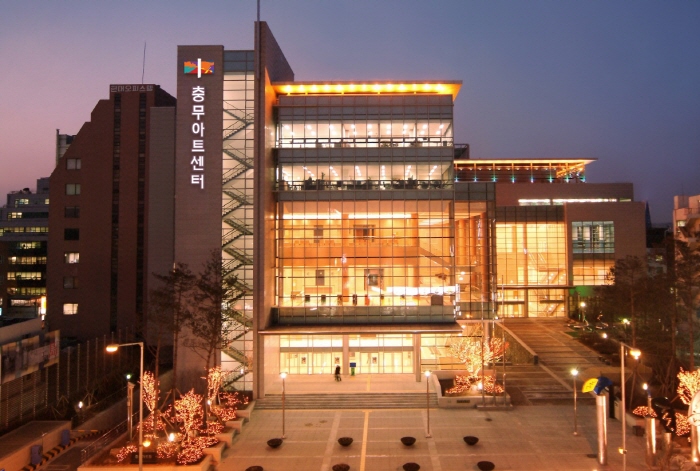
 Français
Français
 한국어
한국어 English
English 日本語
日本語 中文(简体)
中文(简体) Deutsch
Deutsch Español
Español Русский
Русский